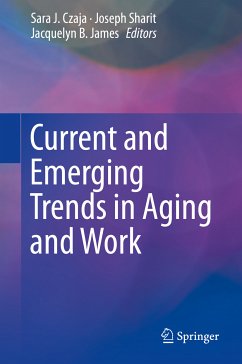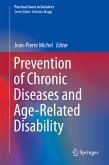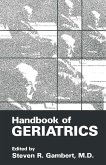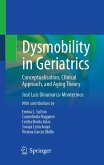Jobs, organizations, the labor market, and the workforce are experiencing dramatic change. Workers of all ages, including older workers, need to interact with the wide variety of ubiquitous technologies that are reshaping work processes, job content, work settings, communication strategies,and the delivery of training, and this book aims to update readers on the particular issues facing today's aging adults in the workplace.
The chapters' broad and inclusive scope encompasses:
- Workplace aging and jobs in the 21st century
- The retirement income security outlook for older workers
- Population aging, age discrimination, and age discrimination protections
- Older workers and the contemporary labor market
- The role of aging, age diversity, and age heterogeneity within teams
- The intersection of family caregiving and work
Current and Emerging Trends in Aging and Work is relevant to a broad audience of academic researchers, practitioners, and students in psychology, sociology, management, engineering (industrial and human factors), the health sciences, gerontology/geriatrics, and public health. It is also a useful resource for government and policy leaders, as well as workers and managers in the public and private sectors.
Dieser Download kann aus rechtlichen Gründen nur mit Rechnungsadresse in A, B, BG, CY, CZ, D, DK, EW, E, FIN, F, GR, HR, H, IRL, I, LT, L, LR, M, NL, PL, P, R, S, SLO, SK ausgeliefert werden.









